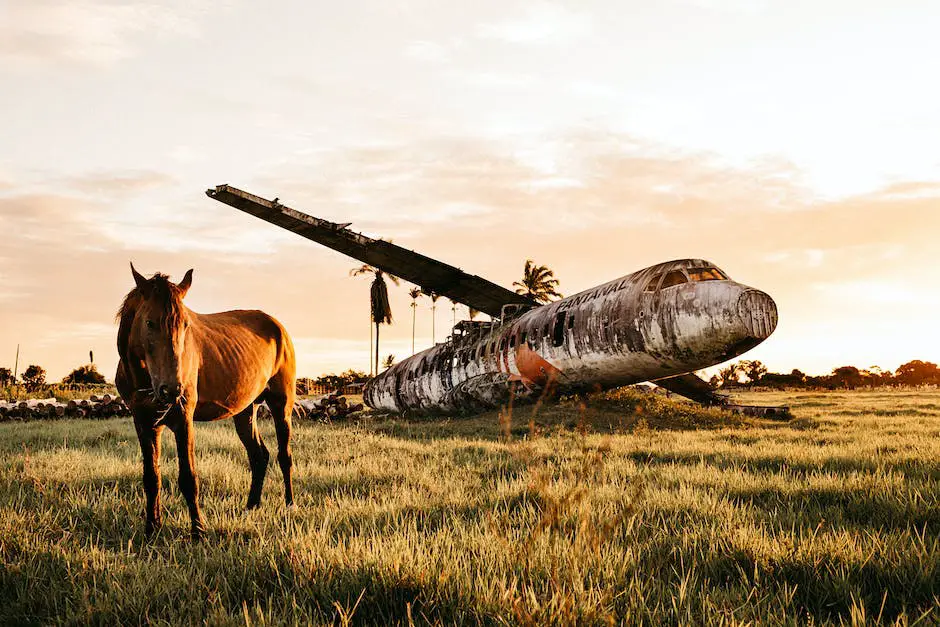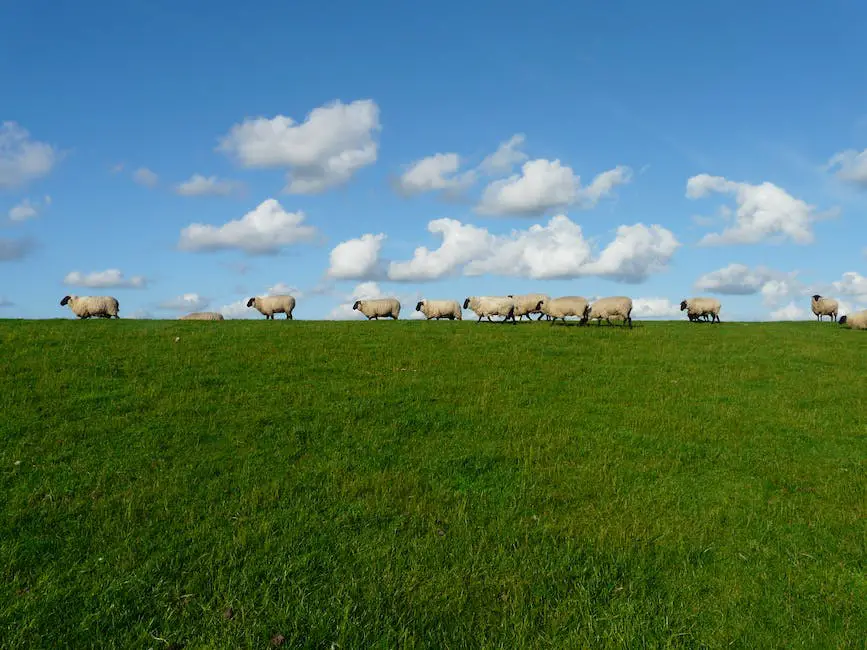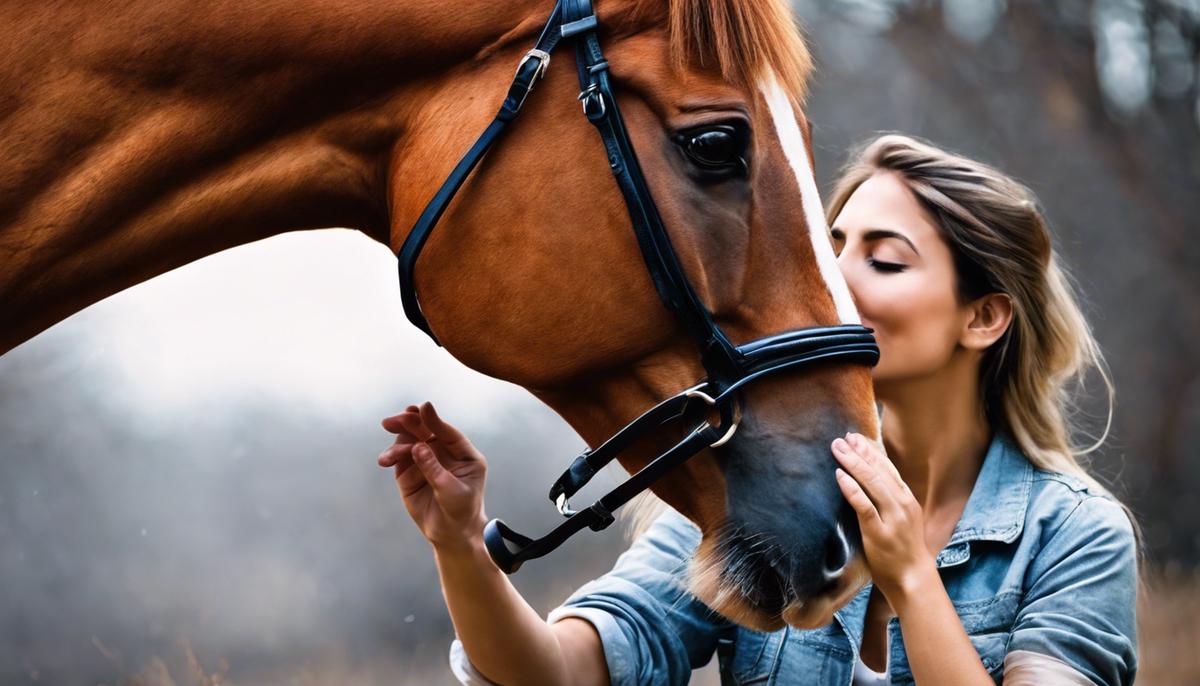Embarking on the journey to select the perfect cold blooded horse is an endeavor filled with mystery and promise. These equine giants, renowned for their calm and docile demeanor, offer a gateway to a harmonious partnership between human and horse. This exploration into the tranquil temperament of these noble creatures reveals the intricacies of their personalities, and how such traits translate into a seamless integration with various equestrian activities. As you delve into the world of these placid equines, prepare to unlock the secrets that make a cold blooded horse not just an animal, but a treasured companion and collaborator in your equestrian pursuits.
Table of Contents (Horspedia)
Understanding Horse Temperaments
Understanding the Cool and Collected Nature of Cold Blooded Horses
If you’re passionate about the majestic world of equine companions, you’ve likely crossed paths with the term “cold blooded” horses. Don’t be fooled – this doesn’t mean they have a penchant for espionage or thriller movie plots. In the horse community, cold blooded typically refers to certain breeds known for their calm demeanor and steady work ethic, rather than the literal temperature of their blood.
Let’s gallop straight into what defines a cold blooded horse’s temperament and why these gentle giants capture the hearts of hobbyists and professionals alike.
The Bedrock of Behavior: Breed Characteristics
What sets cold blooded horses apart? It’s all in the breeding. These horses often hail from the draft breeds – think Belgian Draft, Shire, Percheron, and Clydesdale. Traditionally bred for heavy farm work or pulling loads, they’re the epitome of strength meets serenity. Their genetic lineage has instilled a hardwired calmness — essential for a horse expected to work in challenging environments without spooking.
Mood Mechanics: The Cool Factor in Play
Cold blooded horses have a reputation for their relaxed temperament. They exhibit patience and tolerance, making them excellent partners for riders and workers of all experience levels. These horses are often described as having an “easy-going” nature. They tend to approach new situations with a thoughtful pause rather than with a flight reaction, which is common in their hot-blooded (think Arabians and Thoroughbreds) and warm-blooded counterparts (like many sport horses).
Emotional Equilibrium: Stress Resilience in Cold Bloods
One of the striking traits is their ability to remain composed under pressure. High-stress scenarios that might send another horse into a tizzy are often met with a level head by cold blooded breeds. This inherent stress resilience translates to consistency in performance – whether they’re pulling a carriage, participating in a show, or being ridden on a trail.
The Trust Factor: Bonding with a Gentle Giant
Cold blooded horses typically enjoy the company of humans and form strong, trusting relationships with their handlers and riders. This is partly due to their breeding and also their life experiences. Being large and strong, they’re often asked to trust in the guidance of their handlers to work safely and effectively. This mutual trust contributes to their overall genial temperament.
A Heart of Gold: The Affable Nature of Cold Blooded Breeds
Their affability makes them a joy to work with. Whether it’s a child learning to ride or an adult working the fields, cold blooded horses are renowned for their ability to maintain a pleasant disposition – they simply love to please. This amiable nature is a defining aspect of their temperament.
The Energy Equation: Less Spooky, More Steady
Ever wonder why cold blooded horses tend to have fewer spooks? It’s all about energy conservation! Their historical roles required conserving energy for long workdays rather than expending it in bursts like racehorses. This is evident in their approach to life – steady as she goes, with fewer frights and flights.
Harnessing the Temperament: Training and Handling
When training or handling cold blooded horses, it’s essential to acknowledge their dependable nature. They respond well to consistent, gentle methods. Their intelligence and desire to please make them quick learners, but their size and strength require a trainer that provides clear and fair guidance.
In Conclusion: A True Hobbiest’s Delight
The unruffled temperament of cold blooded horses embodies the very essence of what makes these breeds so beloved among equestrian enthusiasts. Understanding the nuanced traits of these equine individuals isn’t just about managing a massive beast – it’s about appreciating the gentle spirit of a true giant. Whether on the farm, in the show ring, or out for a leisurely ride, cold blooded horses prove that a good-natured giant can indeed be the best friend and companion in the equestrian world. No summary needed here, their steadfast hearts say it all.

Assessing Physical Conformation
Deciphering Equine Conformation: A Guide to Selecting Your Perfect Horse
Horse conformation can make or break your aspirations in the equestrian world. Whether you’re a weekend trail rider or an aspiring Grand Prix jumper, understanding how a horse is put together is crucial in making an informed selection. Let’s break down the essentials of equine conformation and how it steers the course of your equine partnership.
First things first, what is conformation? It’s the physical structure and proportion of a horse’s body. Good conformation aligns with biomechanics that enable a horse to perform tasks efficiently and without injury.
When selecting a horse, consider the head and neck. A well-set head should be proportional, with clear, alert eyes. The neck should be well-muscled and tie into the shoulders at a good angle, providing balance and contributing to the horse’s ability to carry itself properly.
Shoulders are next on the checklist. A sloping shoulder often correlates with a smoother ride, while straight shoulders can lead to a choppier gait. The ideal angle is about 45 degrees to the ground, promoting stride length and agility.
The back should be strong and not overly long. A short, well-muscled back is more durable and less prone to injury. It’s also vital in supporting a rider and saddle without straining.
The horse’s legs are his foundation. Look for clean, straight legs with strong, well-defined tendons. The angles of the pastern and feet should mimic those of the shoulder, allowing for good shock absorption. Pay particular attention to the hooves—they should be well-formed, even, and hard.
The hindquarters power horse forward, so muscle definition and angles here are key. A well-rounded, muscular rump with a smooth joining to the thigh suggests strength. For propulsion and jumping capability, a good angle between the pelvis and femur is essential.
Movement is the real test of conformation. Observe the horse in motion. Does he move fluidly gate to gate? Are the limbs moving in alignment or is there wasted motion? A balanced, even stride reflects good conformation and indicates potential for both performance and longevity.
Finally, when selecting a horse, remember that conformation can vary widely among breeds and intended uses. A showjumper will have different conformational requirements than a cutting horse. The key is to match the horse’s structure to your goals in the sport.
The delight in finding a well-conformed horse is as much about recognizing potential as appreciating beauty—a symphony of form and function. Keep these points in mind, and you’ll be well on your way to choosing a horse that not only looks good but also performs to your expectations, be it in the show ring or on the trails. Happy horse hunting!

Considering Horse’s History and Training
When diving deeper into the world of equines, knowledge is as essential as a good saddle. Grasping a horse’s history and training level can make the difference between a harmonious partnership and a frustrating mismatch of expectations and abilities. Let’s trot through the reasons why these insights are crucial to every horse enthusiast.
Firstly, a horse’s past experiences, which include its training history, health records, and previous handling, shape its present demeanor and future potential. Understanding where a horse has been can provide invaluable context for its behavior and reactions. For example, a horse with a history of frequent rehoming may have trust issues, requiring a more patient and consistent training approach to build confidence.
Secondly, knowing a horse’s level of training is vital for safety. It aligns the rider’s skill set with the horse’s capabilities. Novice riders paired with inexperienced horses is a recipe for potential accidents. Conversely, a well-trained horse can greatly contribute to the development of a less seasoned rider by providing a stable learning environment.
Moreover, this knowledge affects the training goals and methodologies employed. If a horse has training in a specific discipline, such as dressage or jumping, any additional training should be complementary, not contradictory. Ignorance in this area can lead to confusion for the horse, and possibly even unlearning valuable skills.
In addition, understanding a horse’s history can tell us about predispositions to certain health issues or injuries. This impacts day-to-day care, long-term management, and, ultimately, the activities in which the horse can safely participate.
Finally, the level of training determines the horse’s current market value and potential for progression. Whether for personal satisfaction or with the intention to compete, knowing where your horse stands provides a benchmark for assessing improvement and defining realistic expectations.
Remember, a horse is not a machine with a reset button; it is a living, learning animal with an individual history and personality. Embrace the knowledge of a horse’s background and training—it’s the compass for a rewarding journey in the saddle. No matter the discipline or level of expertise, a well-informed equestrian is an empowered equestrian.

The quest for a cold blooded horse is one that leads you to consider more than just immediate allure; it is a careful contemplation of temperament, physicality, and history – a tapestry woven with patience and insight. In learning to discern these qualities and understanding the essence of these extraordinary horses, one positions themselves to make an informed decision, creating the foundation for a relationship built on mutual respect and suitability. With the knowledge at hand, the chosen horse will not only reflect your equestrian aspirations but also become a testament to the profound connection that can exist between human and horse when matched in spirit and purpose.

